1. Income tax on earnings: Your income tax rate will rise from 20% to 40% once you cross the threshold.
2. Personal allowance withdrawal: Once you earn £100,000, your personal allowance is cut by £1 for every £2 that your adjusted net income* is above this level – until your allowance is zero once you earn £125,140. This is an effective tax rate of 60%.
3. Dividend tax: You’ll pay a higher rate of tax on dividends if you change tax brackets. Basic rate taxpayers pay tax at 8.75% and higher rate taxpayers 33.75%. In the current tax year you have an allowance of £1,000, but that drops to £500 in the next tax year.
4. Capital Gains Tax: You’ll pay a higher rate of CGT after crossing the threshold. Basic rate taxpayers pay 10% on capital gains on investments such as shares, funds, ETFs and investment trusts and 18% on gains from property. For higher rate taxpayers this rises to 20% and 28%. In the current tax year, you can make gains of £6,000 before paying tax. In the coming tax, year that drops to £3,000, potentially costing you an extra £600 on gains.
5. Tax on savings: Savings can be subject to income tax, so if there’s tax to pay it’ll be at a higher rate. You also have a smaller personal savings allowance. Basic rate taxpayers can make £1,000 of interest before worrying about tax, but for higher rate taxpayers this falls to £500.
6. High-Income Child Benefit Tax Charge: The high-income child benefit charge kicks in at £50,000. If your income (or your partner’s) has pushed over the threshold, and you receive child benefit, you will need to repay at least some of it through self-assessment. Once you earn £60,000 you need to repay it all, so it’s worth claiming the benefit but forgoing the payments.
7. Loss of tax-free childcare: This is worth up to £2,000 a year and is available until you earn £100,000, at which point parents no longer qualify. This threshold hasn’t moved since 2017.
-
And 10 end-of-tax year strategies to cut your tax bill...
1. Pay into a pension - Higher rate taxpayers benefit from tax relief at their highest marginal rate – which effectively extends the basic rate tax band by however much you pay in. As a result, it can push people out of paying higher rate tax altogether. If your employer offers a salary sacrifice scheme, you get even more of a benefit, because you don’t pay National Insurance on sums you sacrifice into your pension either. You can pay up to £60,000 into your pension this tax year, and carry forward unused allowances from the previous three tax years.
2. Escape the high-income child benefit tax charge - The benefit of paying into a pension doesn’t necessarily stop there. It also reduces your adjusted net income*. If you are a parent earning between £50,000 and £60,000, cutting back towards £50,000 means you can reduce your high-income child benefit tax charge. If you’re earning just over £60,000, you may also be able to use the technique to cut at least some of the charge.
3. Use pensions to deal with the £100,000 threshold - If you earn over £100,000, you’ll lose some of your personal allowance. Use a pension to reduce your income, and it will cut the amount of tax you pay at an eye-watering 60%. So, for example, if your income is £101,000 and you pay £1,000 into a pension, you get £400 tax relief, but you also take your income to the £100,000 threshold, so your personal allowance doesn’t taper – saving you another £200 in tax. It means that £1,000 contribution has effectively cost you just £400. Plus, if a parent can bring their income back under £100,000, they may keep their eligibility to tax-free childcare too.
4. Make use of your capital gains tax allowance - If you have investments outside an ISA, it’s worth considering taking advantage of your CGT allowance in every tax year. You can use the Bed and ISA process to move these assets into an ISA. Don’t forget, you can offset any capital losses you make during the tax year against gains. If your total taxable gain is still over the tax-free allowance, you may be able to deduct any unused losses from previous tax years. If just some of your losses reduce your gain to below the tax-free allowance, you can carry forward the remaining losses to a future tax year.
5. Shelter as much of your income-paying assets in ISAs as possible - If you use the Bed and ISA process to shelter income-producing assets in an ISA, you won’t pay tax on dividends. The tax benefits on an ISA are cumulative, so you will benefit from the tax break in every year. In addition, because the rate at which you pay dividend tax rate is often higher than the rate at which you pay capital gains tax, it’s often worth prioritising this when making decisions about how to use your ISA allowance.
6. Consider your cash ISA - A cash ISA can protect you from tax on your savings. You need to factor in the fact that cash ISA rates tend to be slightly lower than their savings accounts equivalents. However, if you have a large cash holding and are paying tax on your savings interest at 40%, you may be better off in a cash ISA. Likewise, if you are nearing the additional rate tax threshold, at which point the personal savings allowance is lost, by saving into a cash ISA now, you avoid the risk of paying 45% tax on all your interest when a pay rise takes you over the threshold.
7. Plan as a couple - If you’re married or in a civil partnership and your partner pays a lower rate of tax, you can transfer income-producing assets into their name. It means you can both take advantage of your tax allowances. You can also use all the tax-efficient vehicles at your disposal, including your ISAs and pensions, as well as the Junior ISAs and Junior SIPPs of any qualifying children. A couple who both earn at least £60,000, and have two children, can technically shelter £183,760 from tax in the current tax year.
8. Consider your tax position next year - This is particularly key if you’re expecting to become a basic rate taxpayer next year - which often happens in retirement. Usually in this position, people will consider delaying receiving income or capital gains, so they pay a lower rate on them. However, this year the falling capital gains tax and dividend tax allowances will mean you’ll need to calculate whether this is still worthwhile.
9. Make a charitable donation - This will cut your tax bill – although clearly won’t leave you better off overall financially. The charity will receive 20% in gift aid, and higher rate taxpayers can claim back the other 20% through a tax return. You also get the benefit of knowing you have donated to a charity you care about.
10. Consider a Venture Capital Trust - These aren’t right for everyone, because they are higher risk, so should only ever be considered as a small part of a large and diverse portfolio. However, if you use these schemes, in addition to the CGT and dividend tax saving, you can get up to 30% income tax relief on the amount you invest – which can reduce your overall tax bill.
(Net adjustable income is your total taxable income before any personal allowances and less certain tax reliefs, including: trading losses, donations made to charities through gift aid, pension contributions paid gross (before tax relief), and pension contributions where your provider has already given you tax relief at the basic rate. It’s complicated, but the key here is you can cut your net adjustable income by making pension contributions.)
* Sarah Coles is head of personal finance at Hargreaves Lansdown *
Want to comment on this story? Our focus is on providing a platform for you to share your insights and views and we welcome contributions.
If any post is considered to victimise, harass, degrade or intimidate an individual or group of individuals, then the post may be deleted and the individual immediately banned from posting in future.
Please help us by reporting comments you consider to be unduly offensive so we can review and take action if necessary. Thank you.



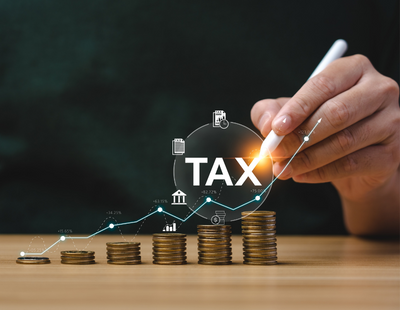
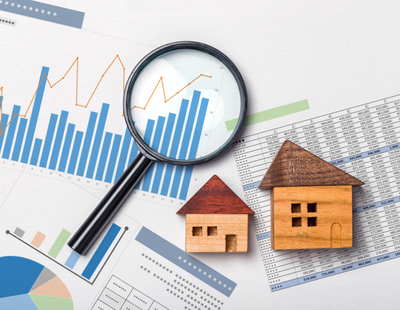


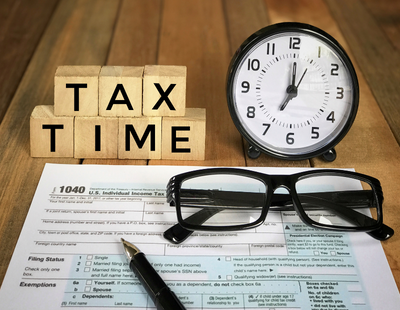





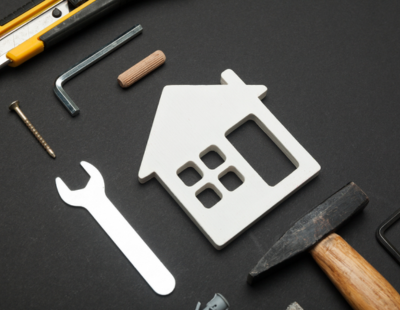

.jpg)
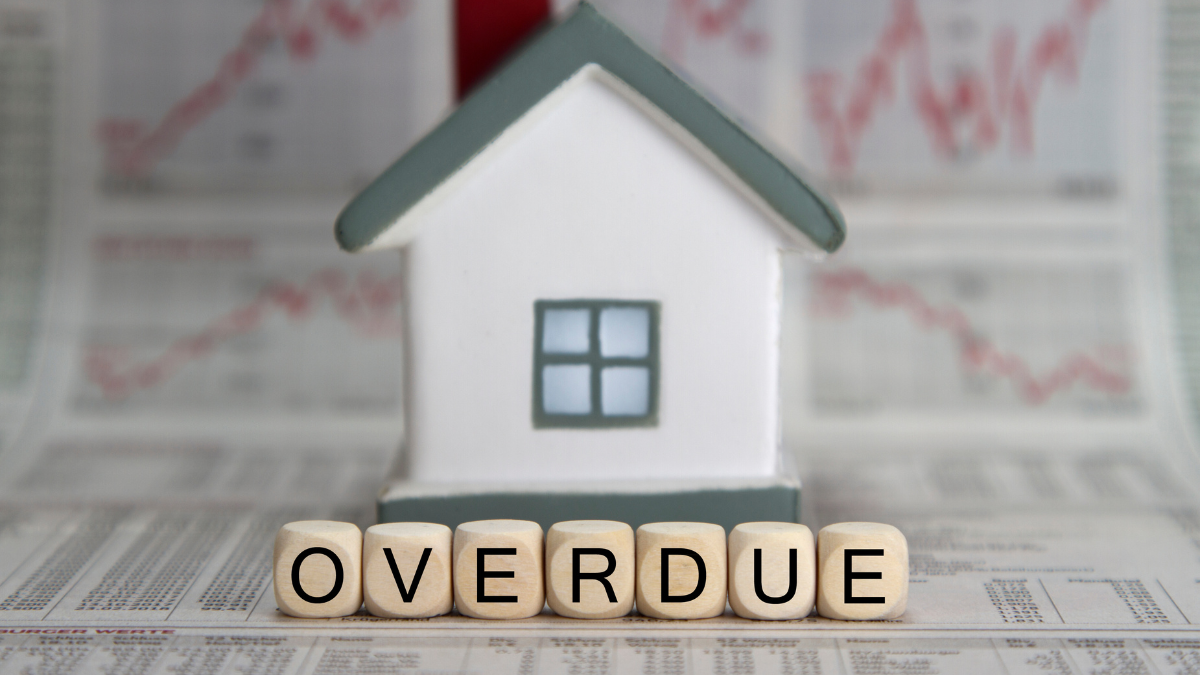








%20(002).png)




.png)





Join the conversation
Jump to latest comment and add your reply
All great for people with 'earned' income but largely impossible for a great many landlords. Our profits are deemed to be 'unearned' investment income, so we can only get all the pension goodies on £2880 a year if we don't have a 'real' job.
Quite why landlord activities such as property maintenance and tenancy administration are deemed to be a hobby for the property owner but are perfectly standard forms of employment for tradespeople and letting agents is a complete mystery to me. Anyway, that's a different argument.
If landlords want to enjoy the tax benefits of SIPPs they need to have a source of 'earned' income. I have a zero hours job for various reasons - exercise being one but the ability to pay all of the PAYE income into a SIPP being the main reason. This gets all the tax relief and gives real choices in later life. Maybe I'll use it as a pension, maybe it will be used by my children to go towards paying IHT.
Incorporated landlords can be paid a Directors salary from their limited company and pay that into a SIPP or their company can just pay straight into a pension. Either way it helps reduce Corporation Tax and goes outside your estate for IHT purposes. The advantage of receiving some as a salary and then paying it into a SIPP is that you can get a NI credit.
Just because I can't get all the tax relief goodies that SIPPs offer on my rental profits from my personally owned BTLs doesn't mean that money can't get tax relief for someone else. I currently pay £100 a month into Junior SIPPs for 5 grandchildren (which the government then tops up with another £25) and I'm just about to make regular payments into my eldest son's SIPP to help him retain some of his Child Benefit. Quite how someone can be classed as having a "high income" when they work on a construction site and their take home pay is only around £800 a week is bizarre. If he was a tenant he would be receiving UC but because he is a home owner he is only entitled to Child Benefit. To be hit with 40% income tax and the loss of CB at the same time is huge. If I pay into his SIPP it is classed as him having made the contribution and lowers his adjusted income. I'm a bit vague on the figures but I think it's something like for every £80 that I pay in the government put in another £20. Then his tax code is adjusted next year so he pays 20% PAYE instead of 40% on an extra £100 of his wages. He also retains about £29 Child Benefit. Because my contribution will be regular it's immediately outside the scope of IHT so that's another £40 potentially saved
Many thanks for the info Sarah
Jo, that is not so. Your rental income counts as well. You can contribute into SIPPS or pension based on your rental income as well. I have done so in the past when I realised it. I have not been able to contribute last 2 to 3 years, as paying off my residential mortgage. However, from next year, I shall take income from my property company and place that amount or other rental income into the pension.
Please login to comment